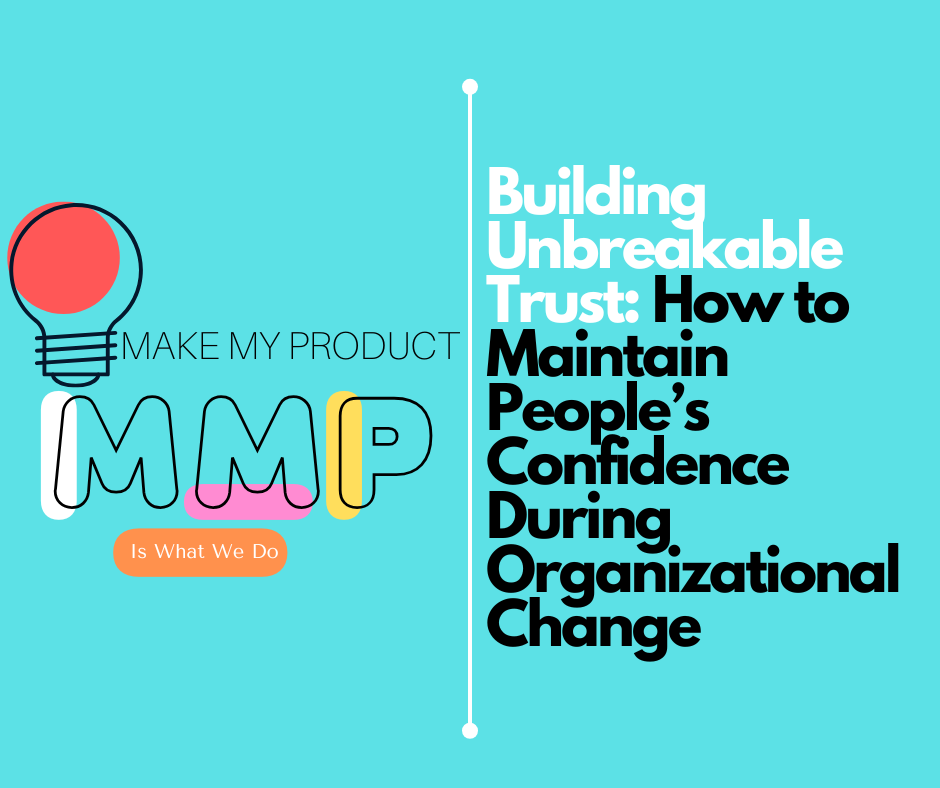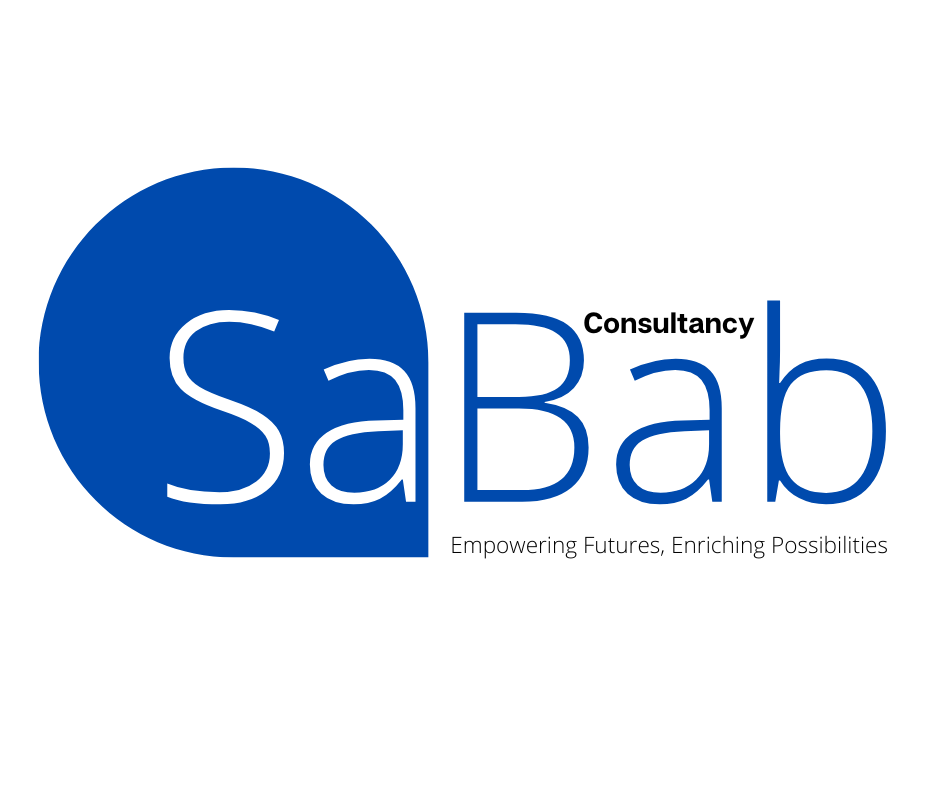It’s Time to Rethink How You Think
Are you overwhelmed by complex ideas? Struggling to organize your thoughts? Feeling like your brain is cluttered with too much information?
Then it’s time to discover the simple, powerful tool that high achievers, innovators, and successful entrepreneurs around the world use to unlock clarity and creative thinking: the mind map.
This isn’t just another productivity trick. Mind mapping is a revolutionary way of thinking, planning, brainstorming, and problem-solving that has the potential to change how you work, how you lead, and how you live.
If you’re still stuck using outdated to-do lists and rigid outlines, you’re missing out on a tool that can transform your mental performance. Act now—because clarity, creativity, and control are no longer optional.
What Is a Mind Map?
A mind map is a visual thinking tool that helps you organize information around a central idea. It mimics the way your brain naturally processes thoughts: starting from a central concept and radiating outward into connected branches, themes, and ideas.
At its core, a mind map is:
-
Non-linear – Unlike lists, it allows you to think in all directions.
-
Flexible – You can expand, reframe, or reorganize your ideas at any time.
-
Visual – It engages your brain with structure, color, and connection.
You begin with a central topic written in the middle of the page. From there, you draw branches that represent subtopics. Each branch can have more branches that explore ideas in detail, creating a tree-like structure of connected thinking.
This is not just note-taking. It’s strategic thinking with a purpose.
Why Mind Mapping Is More Powerful Than You Think
This is not just about pretty diagrams. Mind mapping changes the game—because it changes how your brain works. The benefits are powerful, immediate, and scientifically backed.
1. Unlocks Creativity and Innovation
Mind maps allow your brain to work freely and holistically, helping you generate creative solutions to complex problems. If your current brainstorming sessions are stale and repetitive, mind mapping will breathe life into your ideas.
2. Enhances Memory and Retention
Because mind maps involve both visual and verbal memory, they activate more regions of the brain. You don’t just take notes—you understand and remember them.
3. Increases Productivity
Mind maps help you prioritize tasks, break down projects, and eliminate mental clutter. If your day feels chaotic, a mind map can provide structure and direction in minutes.
4. Improves Decision-Making
See the full picture. Make better choices. Mind mapping helps you weigh options, visualize outcomes, and make smart decisions faster.
5. Supports Strategic Planning
Whether you’re planning a business launch, a product campaign, or your own personal development goals, mind maps help you lay out the full journey in one clear, coherent visual.
Real-World Examples of Mind Maps in Action
Mind maps are used everywhere—from classrooms to boardrooms. Here are a few practical examples:
Business Strategy Mind Map
Central Idea: Company Growth 2025
Branches: Marketing Strategy, Product Expansion, Hiring Plan, Financial Targets, Strategic Partnerships
Project Planning Mind Map
Central Idea: New Website Launch
Branches: Design, Development, Content, SEO, Timeline, Budget
Personal Goal Mind Map
Central Idea: Health & Wellness
Branches: Fitness Routine, Nutrition Plan, Mental Health, Sleep, Hydration
Team Collaboration Mind Map
Central Idea: Quarterly Team Goals
Branches: Sales Targets, Client Retention, Product Development, Internal Training
Each of these maps allows teams and individuals to see the full landscape of their work, quickly identify gaps or opportunities, and move forward with confidence.
How to Create a Mind Map: Start Right Now
You don’t need fancy tools. Start with a blank page or digital tool like XMind, MindMeister, or even Google Docs.
Step 1: Identify Your Central Idea
What’s the problem you’re trying to solve? What goal do you want to achieve?
Step 2: Draw the Central Idea in the Middle
Use a word, a phrase, or an image that clearly represents the topic.
Step 3: Add Main Branches
These are your big ideas. Think in categories—areas, themes, or processes.
Step 4: Add Sub-branches
Explore each main idea. Dive deeper. Break it into smaller, actionable steps.
Step 5: Use Keywords and Visuals
Keep it simple. Use one keyword per branch. Add color, icons, or shapes to make it more engaging.
Step 6: Review, Revise, and Act
Your map should be a living document—refine it as you go. Then take immediate action based on what you’ve uncovered.
Why You Must Start Using Mind Maps Today
The world is not slowing down. Information overload is real, and it’s costing you clarity, performance, and peace of mind.
Whether you’re an entrepreneur, student, executive, or lifelong learner, mind mapping will help you think better, plan faster, and act smarter.
This is not optional. In a high-performance world, you need tools that empower your mind, not distract it.
You can continue with scattered notes and endless lists—or you can take control with a tool that finally makes sense.
Start mind mapping today. Reclaim your clarity. Own your productivity.
Final Thought: Revolution Begins in the Mind
Every innovation, every revolution, every transformation—starts in the mind.
A mind map is more than a tool—it’s a mindset. A way to capture complexity, unlock creativity, and act with bold purpose.
The question is not whether you should use mind maps.
The real question is: can you afford not to?
Begin now. Revolutionize how you think. Change how you lead. And take the next step toward becoming the visionary you were meant to be.

























